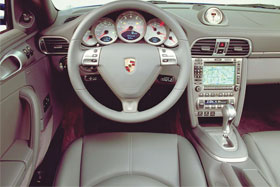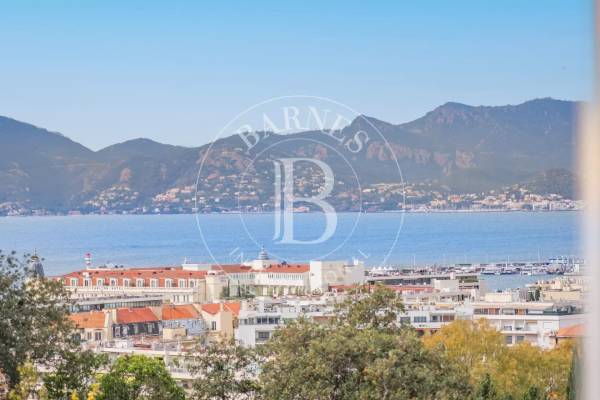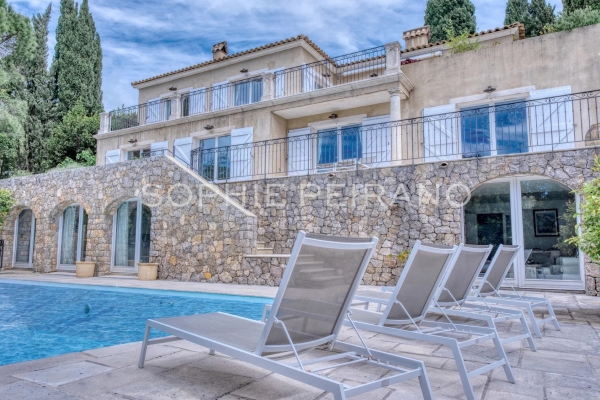Porsche 911 Turbo
On June 24th, the sixth generation will start burning up the tarmac.
On June 24th, the sixth generation of Porsche’s star model will start burning up the tarmac. Hold on to your hats !
Sixty hp more than its predecessor, ie. 480 hp today, and engine torque raised from 560 to 620 Nm, these are the two main improvements made to the 911 Turbo (type 997). Though you can also expect a more powerful performance from this new arrival : thanks to its mechanical 6-speed gearbox, it accelerates from 0 to 100 km/hr in less than four seconds and reaches 100 km/hr in fifth gear in 3.8 seconds. Worth noting : despite increased power, the 911 Turbo has succeeded in lowering its average fuel consumption by one tenth of a litre (ie. 12.8 litres per 100 km). When fitted with the automatic Tiptronic S (as an option), it beats all records. With optimal tuning, it only takes 3.7 seconds to go from standstill to 100 km/hr and 12.2 seconds to reach 200 km/hr. Also available as an option, the Pack Sport Chrono Turbo guarantees additional agility and power. The driver pushes the “Sport” button next to the gearshift lever to activate an “overboost” allowing him to benefit momentarily from the car’s maximum acceleration capacity : the 911 Turbo then sheds another 0.3 seconds to give recovery time of 3.5 seconds when accelerating from 80 to 120 km/hr. Constantly striving to see that the car makes best advantage of its available power (which certainly isn’t lacking), Porsche engineers have introduced a new integral transmission system with an electronically controlled multi-disc clutch. PTM (Porsche Traction Management) provides variable distribution of power to the two bridges : the 911 Turbo is thus even more agile on winding roads and superbly reliable, even at high speeds, on wet or snow-covered surfaces. Fast, dynamic… the car therefore needed a braking system to fit the bill. And it does. The brakes with fixed monoblock calipers have six pistons at the front, four at the rear. Enhanced PCCBs (Porsche Ceramic Composite Brakes) are proposed as an option. One of their advantages is a 17-kilo reduction in weight compared with the original brakes, higher resistance to fading and total protection from corrosion. In terms of design, the 911 Turbo has a new front face bar with air cooling inlets featuring elongated lines. The car’s profile is characterized by deep fog lights slanting outwards, and new indicator lights with LED diodes (integrated into the lateral air inlets on the front face bar). Viewed from the rear, the new Turbo 911 looks even more feline than ever before. An impression explained by its greater width (22 millimetres at wing level) and its new aileron, slightly inclined downwards, reflecting the shape of the wings.
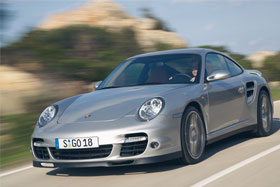
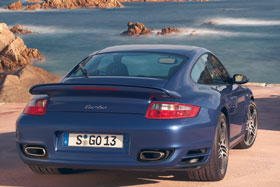
By Cécile Olivéro - Photos press
